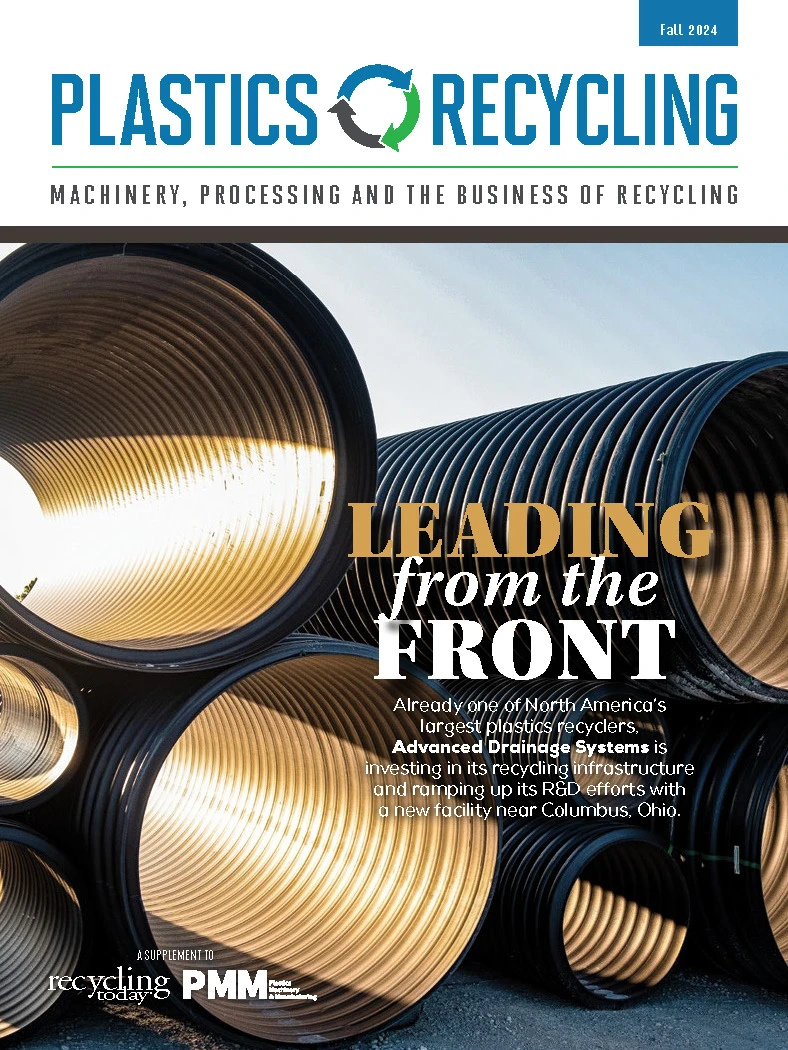Reduce, reuse, recycle—that’s the mantra millions of school-children have been taught for decades as a way to remember to take care of the planet. But what about reuse, repair, remanufacture?
A circular economy, in simple terms, is a closed-loop system where materials and resources are reused for different applications. Magdi Azer of the Remade Institute, which specializes in advancing projects that promote circularity, speaks about how a circular economy is best achieved, the obstacles to adoption and the organization’s work.
Q: What does the process look like in order to achieve a circular economy?
A: In a circular economy, you’re trying to decouple economic growth from material consumption. You do that by finding ways to decouple the use of resources; that might be metals, it might be fossil fuels, it might be biomass, the things like feedstocks, the crops that you grow. You have to decouple the use of materials from economic growth but also decouple the environmental impact from economic growth.
A recent report by the International Resource Panel, a unit within the United Nations Environmental Programme (UNEP), called Global Resources Outlook 2024, looks at how much material we’re consuming today and the projections for the future.
The world has tripled the amount of resources used compared to 50 years ago, and a lot of that is going towards helping the developing world grow. Between now and 2060, consumption will grow another 60 percent. Right now, we’re using a little under twice the amount of resources, globally, that we can replenish. If you stay with a linear economy, that means economic growth has to slow if you can’t get access to the materials you need to build buildings or feed people.
Q: Is it realistic to think the world would be willing to shift to a whole new economic framework?
A: The concept of a circular economy is somewhat new. People talk a lot about sustainability, and that has different meanings for different people. A lot of them think about sustainability in terms of recycling, but it’s broader than that. The big challenge you face is the same as in addressing the climate crisis, which is that the Western world has become much more efficient in our use of resources than the developing world.
I think within industry the term “circular economy” is gaining traction. Again, it’s not always clear that people understand what that means, but they understand that we can’t keep using resources that we can’t replenish.
Q: How would the timeline look to not only implement the shift but start seeing results?
A: In a discussion of greenhouse gas emissions, people ask, “What can we do by 2030 or 2035, and certainly by 2050?” When we talk about climate change, there’s a big push toward renewables, solar, wind, instead of burning fossil fuels to generate electricity and energy.
However, the Ellen MacArthur Foundation released an analysis in 2019 that said even if you were to implement greater levels of solar and wind, that only gets you 55 percent of the way toward net-zero emissions.
The other 45 percent only will come as we focus on how we consume the materials we use. Five materials—steel, aluminum, cement, food supply and plastics—account for roughly half of that 45 percent, so there is a lot of work trying to reduce the use of those resources or move to processes that generate less greenhouse gas emissions, and that’s called industrial decarbonization.

Explore the Fall 2024 Plastics Recycling Issue
Check out more from this issue and find your next story to read.
Latest from Recycling Today
- BMW Group, Encory launch 'direct recycling’ of batteries
- Loom Carbon, RTI International partner to scale textile recycling technology
- Goodwill Industries of West Michigan, American Glass Mosaics partner to divert glass from landfill
- CARI forms federal advocacy partnership
- Monthly packaging papers shipments down in November
- STEEL Act aims to enhance trade enforcement to prevent dumping of steel in the US
- San Francisco schools introduce compostable lunch trays
- Aduro graduates from Shell GameChanger program





